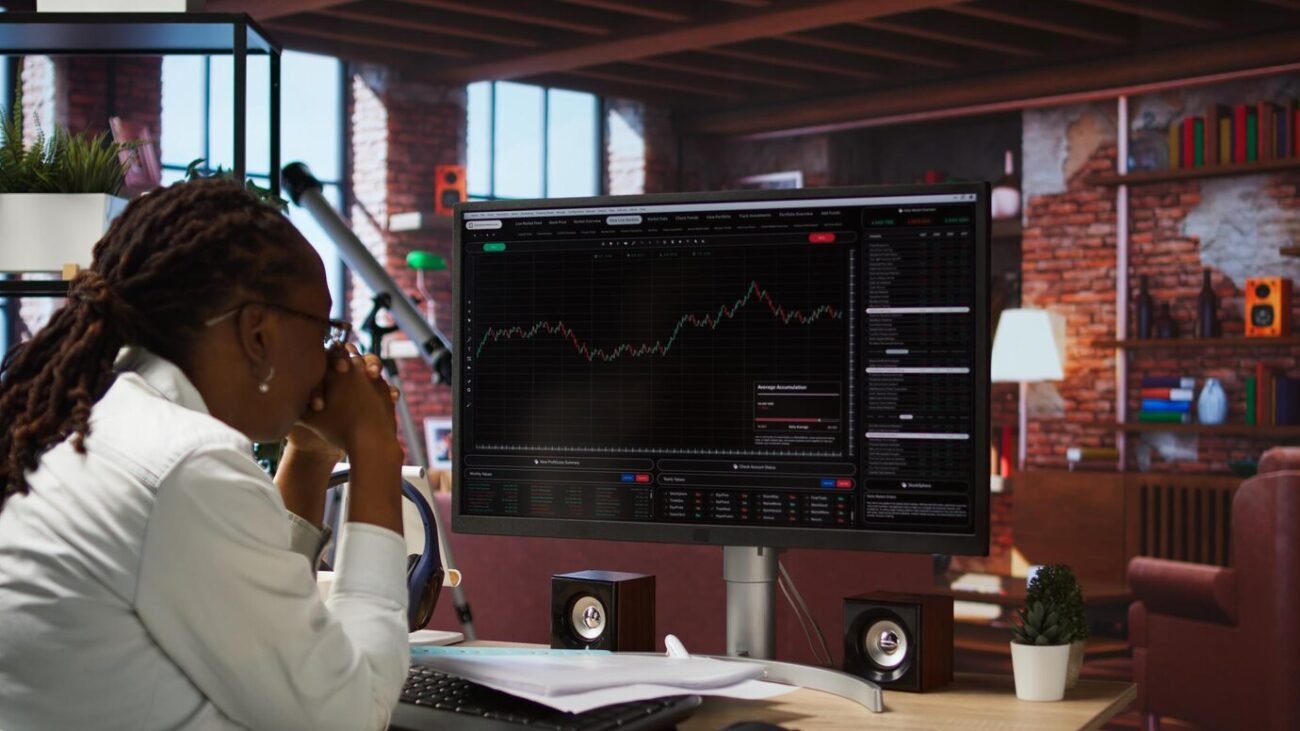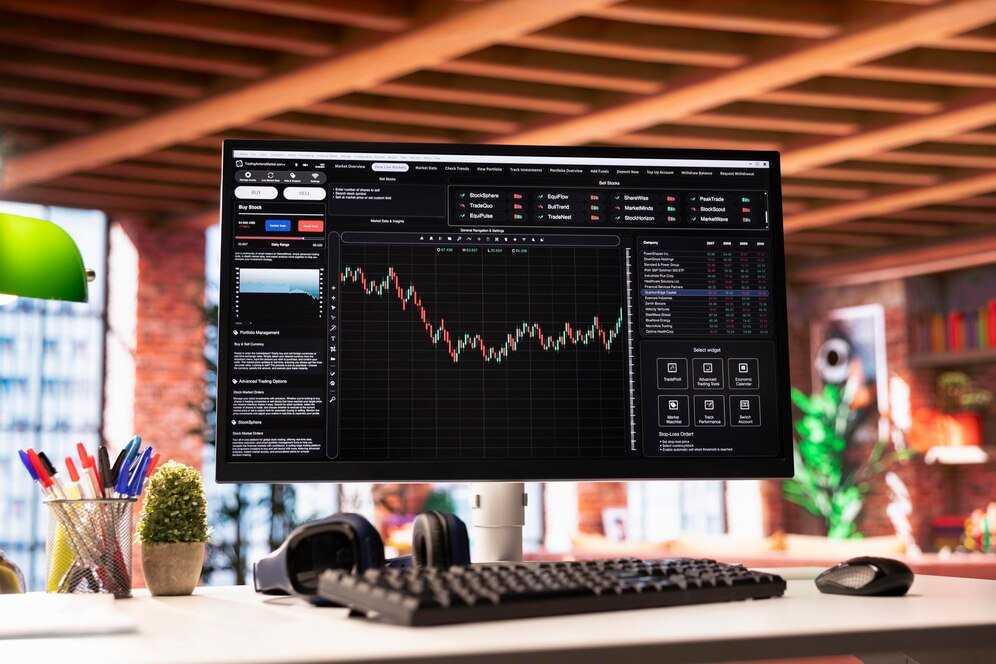The cryptocurrency landscape has undergone significant transformation since the inception of Bitcoin in 2009. Crypto exchanges have played a pivotal role in this evolution, serving as gateways for users to buy, sell, and trade digital assets. As technology advances and market dynamics shift, understanding the trends and future predictions for crypto exchanges can provide valuable insights for investors and traders alike. Here’s a look at the evolution of crypto exchanges, the current trends shaping the industry, and predictions for the future.
1. The Early Days: Centralized Exchanges
In the early stages of cryptocurrency, centralized exchanges (CEXs) dominated the market. Platforms like Mt. Gox and Coinbase provided user-friendly interfaces for trading Bitcoin and a limited selection of altcoins.
Key Characteristics:
- User-Friendly Interfaces: Made it easier for newcomers to enter the crypto space.
- Liquidity: Centralized exchanges offered higher liquidity compared to decentralized alternatives, making it easier to execute trades.
Limitations:
- Security Risks: Centralized exchanges have been targets for hacks and fraud, leading to significant losses for users.
- Regulatory Scrutiny: Increasing attention from regulators raised concerns about compliance and user protection.
2. The Rise of Decentralized Exchanges
As the crypto market matured, decentralized exchanges (DEXs) began to gain traction. Platforms like Uniswap and SushiSwap revolutionized trading by allowing users to trade directly from their wallets without the need for intermediaries.
Key Characteristics:
- Enhanced Security: Users retain control over their funds, reducing the risk of hacks.
- Privacy: DEXs often require minimal personal information, appealing to privacy-conscious users.
Limitations:
- Liquidity Challenges: DEXs initially struggled with liquidity compared to centralized counterparts.
- User Experience: The interfaces and processes can be complex for newcomers.
3. Current Trends in Crypto Exchanges
Several trends are shaping the current landscape of crypto exchanges, reflecting the industry’s evolution and growing sophistication.
A. Hybrid Exchanges
Hybrid exchanges combine the benefits of both centralized and decentralized exchanges. They offer the security and control of DEXs while providing the liquidity and user experience of CEXs.
B. Increased Regulation
As the crypto market matures, regulatory frameworks are becoming more defined. Exchanges are adapting by implementing compliance measures, such as KYC (Know Your Customer) and AML (Anti-Money Laundering) practices.
C. Integration of DeFi Services
Many exchanges are integrating decentralized finance (DeFi) services, such as lending and yield farming, to attract users looking for comprehensive financial solutions.
D. Focus on User Experience
Exchanges are increasingly prioritizing user experience, offering intuitive interfaces, mobile apps, and educational resources to help users navigate the crypto space.
E. Tokenization of Assets
The tokenization of traditional assets, like real estate and stocks, is becoming a trend. Exchanges are beginning to facilitate the trading of these tokenized assets, expanding their offerings.
4. Predictions for the Future of Crypto Exchanges
As the crypto market continues to evolve, several predictions can be made regarding the future of exchanges.
A. Increased Adoption of DEXs
As users become more aware of the benefits of decentralized trading, the adoption of DEXs is expected to grow. Improved liquidity solutions and user-friendly interfaces will help bridge the gap between DEXs and CEXs.
B. Enhanced Security Measures
With the increasing threat of cyber attacks, exchanges will invest in advanced security measures, including multi-signature wallets, insurance policies, and decentralized security protocols.
C. Greater Interoperability
The future will likely see greater interoperability between different blockchain networks, allowing users to trade assets across multiple chains seamlessly. This will enhance liquidity and trading options.
D. Merging of Traditional Finance and Crypto
The lines between traditional finance and cryptocurrency will continue to blur. More exchanges may offer traditional financial products, attracting a broader audience and increasing market participation.
E. AI and Machine Learning Integration
Artificial intelligence (AI) and machine learning will play a crucial role in enhancing trading experiences, improving risk management, and providing personalized recommendations to users.
5. Conclusion
The evolution of crypto exchanges has been marked by innovation, adaptation, and resilience. From the early days of centralized exchanges to the rise of decentralized platforms, the landscape is continually shifting. Current trends indicate a move toward hybrid models, increased regulation, and a focus on user experience. As we look to the future, the integration of advanced technologies, greater interoperability, and the merging of traditional and digital finance are likely to shape the next phase of crypto exchanges.
For investors and traders, staying informed about these trends and predictions will be essential for navigating the ever-evolving cryptocurrency market. Embracing the changes and understanding the dynamics of exchanges will empower users to make informed decisions and capitalize on the opportunities ahead.













